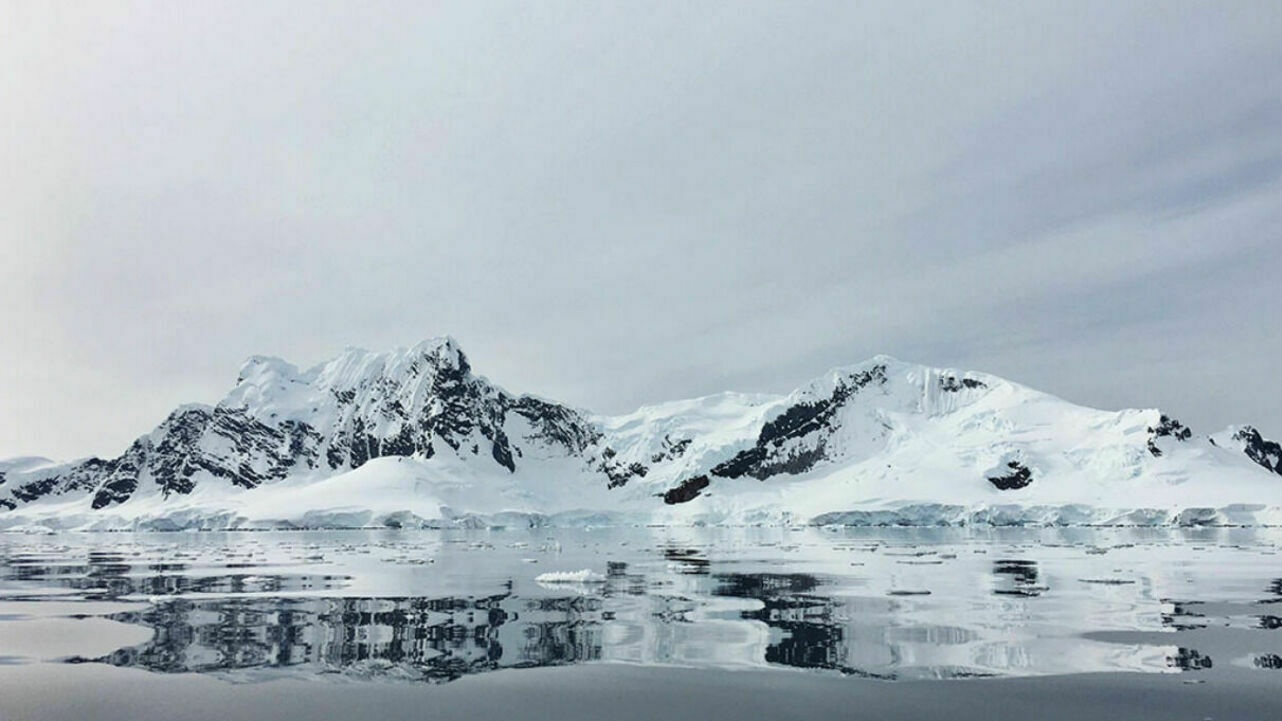
Dormant viruses found in Siberian permafrost are still capable of infecting
A group of climate scientists from France, Russia and Germany found that ancient viruses that have been dormant for tens of thousands of years in permafrost have not lost their ability to infect, reports phys.org .
Previous studies have shown that frozen soil is an excellent preservative, no wonder so many carcasses of prehistoric animals have been preserved in the permafrost in the northern hemisphere. In addition, it is known that the seeds of plants that are at rest in permafrost can germinate if they are revived. In a new paper published on the Viruses website, scientists have made an attempt to test whether viruses and bacteria in permafrost conditions can infect.
The research team used virus samples from several permafrost sites in Siberia for laboratory testing. For security reasons, scientists considered only giant viruses – this is the name of a group of very large viruses that are believed to infect amoebas, but not humans. After restoring their samples, the scientists found that they were still able to infect amoebas. With the help of radiocarbon dating of permafrost, their age was also determined: the viruses were at rest for 27 000 – 48 500 years.
The results indicate that, as the planet warms up and the permafrost melts, viruses that can infect people can also "wake up". This is also hinted at by cases when the flu virus was found in a lung sample of a woman who died in Alaska during the flu pandemic in 1918, and the smallpox virus in a 300–year-old mummy of a woman found in Siberia.